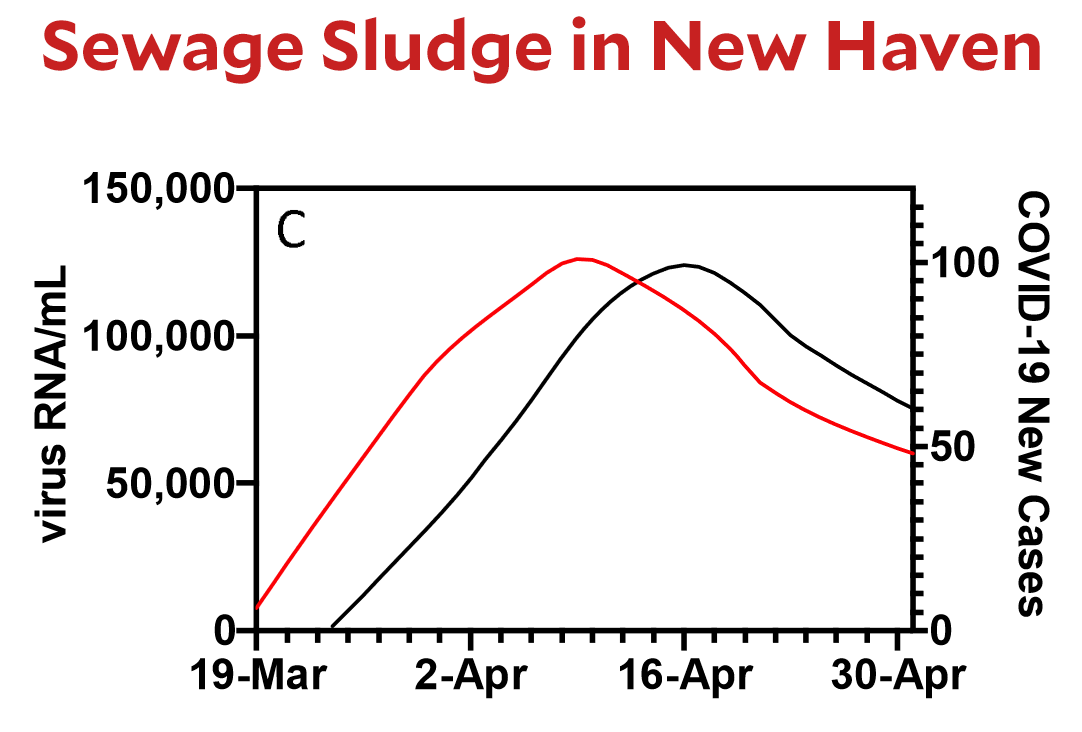ORIGINAL: Sammy5IsAlive
ORIGINAL: Canoerebel
The report you linked to (by Channel 11 news) is incorrect or incomplete and therefore misleading.
The increase in positive test results (new cases) has been modest and seems to be tied to an increase in testing rather than widespread outbreaks. The number of hospitalizations (serious cases) and deaths continue to decline. As for the 78 deaths referred to in the linked story, that doesn't match the state department of health statistics, which currently shows 11 on the day in question, May 22 (and a high of 55 on April 16).
Here's a CNN report yesterday that gives a pretty good overview of the situation here, which continues to be encouraging: https://www.cnn.com/2020/05/26/us/georg ... index.html
I think this is an example of what was being discussed previously about the dangers of getting too caught up in the daily numbers.
The 78 deaths figure is not a 'wild' number that has been picked out of nowhere - it is the figure that you get for that day on Google's dashboard. Google say that they are taking their figures from Wikipedia, who in turn are showing 78 and saying they have taken that figure from the Georgia Department of Public Health.
As Canoerebel says if you then go to the GDPH website you get a different figure for that day.
How can that work? If you look at the GDPH graphs they give themselves a 14 day 'reporting window' in which the numbers are 'preliminary'. It appears that as deaths are being recorded they are being assigned to the day on which they actually occurred. I think if you follow their figures day to day you will see not only the most recent data point be entered but also the c.13 data points prior to it increase also.
The 78 'new deaths' reported by Google/Wikipedia for the 21/05 is the basic increase in overall death toll reported by the GDPH on that day and will include deaths that occurred during the previous c.14 days. By the same measure the 12 deaths that are currently recorded by GDPH for that day will continue to rise over the next week or so by which point you should have an accurate figure for the actual day.
I think the above is why Worldometers have daily case/death graphs for some states and not others.
The way Georgia is reporting gives a more accurate picture over the long run because the cases/deaths are being assigned to the actual date. But in the short-term it can be a bit misleading - the current graph for deaths in particular suggests a precipitous decrease in deaths over the last week or so when I think the reality is that these deaths simply haven't been recorded yet.
If you look at the GDPH graphs and look at the trend up to and around the beginning of the 'reporting window' there does seem to have been a significant uptick in cases from around the 12/05. Canoerebel will be better placed to advise whether this is more likely to be to do with increased testing than a higher infection rate in the population.
This is the kind of reading of the data that is required to be able to quote the models and statistics. +1













